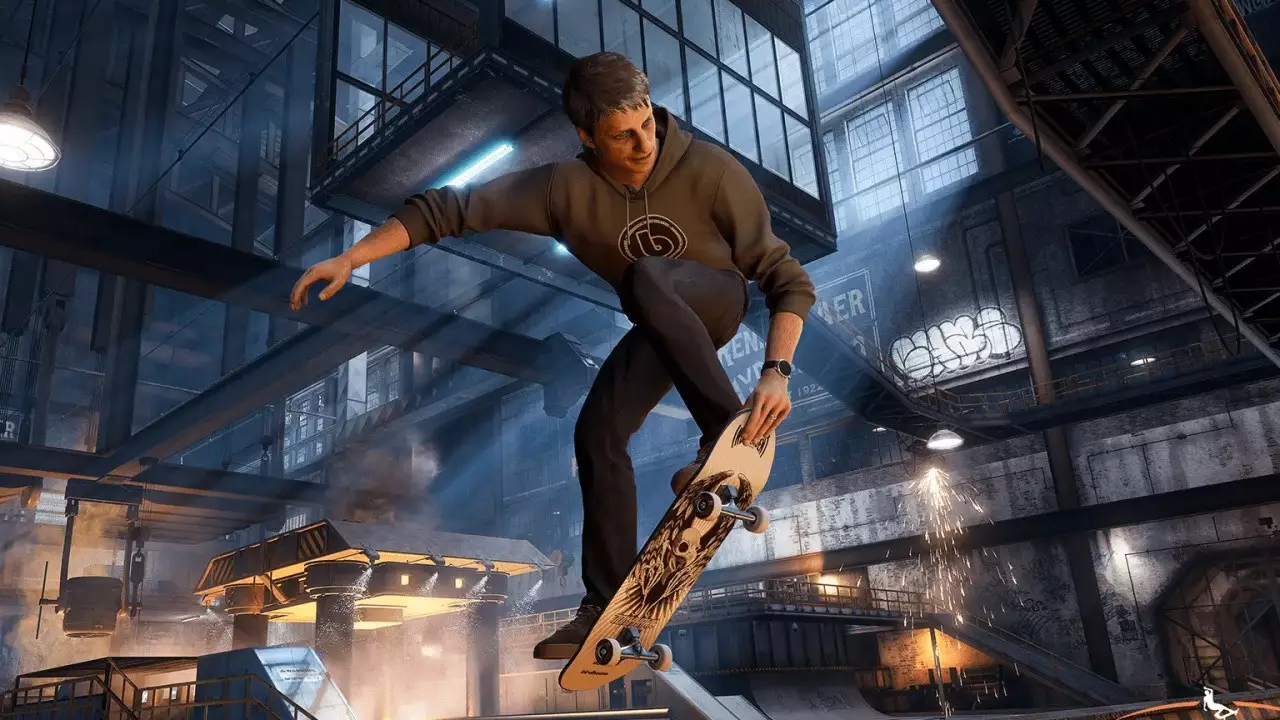The return of the Tony Hawk’s Pro Skater series to modern gaming consoles ignites both excitement and scrutiny among fans and critics alike. This latest release—a remastered compilation of the beloved third and fourth entries—aims to rekindle the magic of the early 2000s skating craze while embracing contemporary gaming expectations. At its core, the game seeks to deliver an authentic skateboarding experience, replete with iconic parks, classic tricks, and familiar cast members. However, beneath this nostalgic surface lies a complex interplay of design choices, gameplay adjustments, and reverberating fan sentiments that reveal much about how legacy titles can evolve or falter in the modern era.
What stands out immediately is the game’s commitment to preserving the essence of the originals while making subtle, yet impactful, modifications. Returning players will hop into revitalized versions of classic environments such as the Foundry, Alcatraz, and College, now rendered with modern polish. In a fresh twist, the game introduces new venues like a sprawling pinball-themed park, diversifying the skating playgrounds. The inclusion of both new and returning characters further enriches the experience, allowing fans to recreate their favorite moments and forge new memories. Yet, this reverence for nostalgia is shadowed by some contentious decisions—particularly regarding the structure of the gameplay modes.
Gameplay and Structural Controversies
While critics agree the core skating mechanics remain tight and fluid, the revisions to certain game modes, especially the Career mode, raise eyebrows. Some players and reviewers have expressed disappointment over the alterations made to the fourth installment’s formula. The decision to condense or modify familiar stages and challenge structures seems to diminish the depth that once defined these titles. For instance, the reduction of soundtrack variety—losing 80% of the original scores—may seem trivial, but it strikes at the heart of the games’ atmosphere and cultural impact.
Furthermore, the adaptation of gameplay timers and point systems to fit modern standards has resulted in mixed reactions. IGN’s critique highlights how syncing THPS4 with the original trilogy’s shorter, more frantic time limits might alienate fans who cherished the specific pacing of the original titles. This suggests a tension between preserving authenticity and updating gameplay flow to attract new players. Such decisions reveal a broader dilemma in remaking classic games: should developers prioritize fidelity or innovation? The careful balance between these influences the overall reception and legacy of the release.
Critical Reception and Fan Perspectives
The reception from critics paints a nuanced picture. Scores hover around the high eights—8/10 from GameSpot and IGN, and an 85/100 from GamingTrend—underscoring a consensus that this is a commendable, if imperfect, revitalization. Reviews consistently praise the impeccable skate mechanics and the immersive recreation of classic parks. Yet, they also acknowledge the gameplay adjustments and content pruning as potential pitfalls that could diminish the experience for long-time fans.
Despite the critiques, a frequently expressed sentiment is that the game still embodies the fun and adrenaline rush that made the series legendary. “It’s more of a reimagining than a mere copy,” one reviewer states, emphasizing that the joy of skating remains unaffected by the structural tweaks. This raises an interesting question: can a game remain true to its roots while innovating enough to stay relevant? The verdict seems to lean toward yes, provided that the core gameplay remains engaging and responsive.
The Future of Classic Franchises in a Modern World
Ultimately, Tony Hawk’s Pro Skater 3 & 4 stands as a testament to the enduring appeal of classic franchises, but also as a cautionary tale for developers aiming to modernize beloved titles. Fans’ expectations are high: they desire nostalgia and innovation in perfect harmony. Straying too far from the original’s charm risks alienation, yet outright fidelity can seem stale in a rapidly evolving gaming landscape. The balancing act requires nuance, sensitivity, and a deep understanding of what made these games iconic.
While the current reviews suggest that the remake captures much of the series’ spirit, the divisive decisions—such as soundtrack cuts and gameplay pacing—indicate that the full potential of this revival remains a work in progress. The game’s success will ultimately depend on how well it appeases the nostalgic fervor of veteran players while attracting newcomers to the skating universe. Only time will tell if this reimagining marks a true renaissance for the franchise or a fleeting flash in the skateboarding hall of fame.

